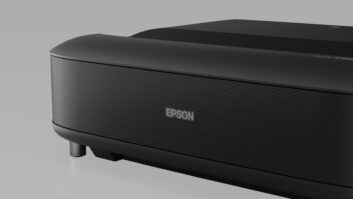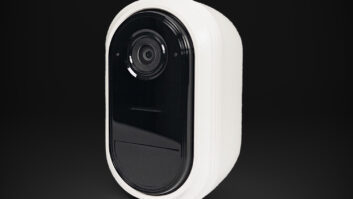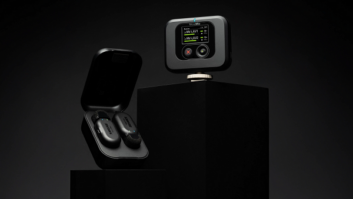At first blush, it seems like we’ve been here before. The TV industry is on the precipice of a new feature, size or format: the next “big thing” to whet consumers’ appetites for a new TV.
This time around it is the impending transition from FullHD 1080p resolution LED LCD TVs to Ultra High- Definition resolution versions.
The “next big thing” doesn’t always work out, or is slow to take off, but often it does.
There is little doubt that the TV industry will transition from 1080p to Ultra HD. The question is about the speed. Manufacturers are looking to replicate the tremendously successful transition of 720p HD resolution LCD TVs to 1080p HD versions in large screen sizes. That transition was effectively completed in less than four years.
The 1080p FullHD segment grew from 29,224 units from mid-2005 to more than 10 million units in 2009, when it encompassed more than 99 percent of 40-inch and larger model sales.
That is no small feat considering the quick transition from CCFL to LED is just wrapping up in earnest this year, and we saw the first LED models enter the market in 2007.
Not surprisingly, we saw astronomical price points for 1080p models upon launch. Samsung, Sharp and LG led the efforts with models priced on average at $6,000 for 40- to 45-inch screen sizes, or almost double the average selling price (ASP) for the same-sized 720p model. Interestingly, there were also potential spoilers at that time (remember Polaroid and Olevia?), that tried to undercut the market early but had little effect and impact on the category.
At the time, the economy was booming. Component manufacturers were bullish and investing in panel-manufacturing facilities to outpace their competition.
As new panel facilities reached full capacity, the cost of 1080p panel production declined to a point of minimal difference from 720p panels of similar size, and virtually all the parties involved looked at price as the weapon of choice in the quest for market share of 1080p HDTVs.
Retail prices were slashed to gain share, and whatever margin was lost was made it up in volume. Average selling prices fell quickly, and the resolution price delta between a 40- to 45-inch 720p and 1080p models fell from $1,008 in 2006, to $489 in 2007 and $227 in 2009.
Many factors today support a similarly speedy transition from 1080p to Ultra HD, but a number of different variables complicate the picture this time around. On the positive side, the TV market is in a replacement cycle, and the economy is slowly but steadily improving.
Now widely available, many consumers are eagerly buying their first true “big-screen” flat TV. Sixty-inch LED LCD TVs from all major brands are offered at $999.
With the 50-inch and larger screen size segment poised to nearly double from 2012 to 2016, manufacturers have an opportunity to focus on a picture-quality story, which is demonstrable in big-screen sizes.
“In many ways, the transition to Ultra HD is similar to the transition to FullHD in terms of the absolute improvement in picture quality and value the consumer sees. Ultra HD simply delivers an incredible experience,” said Jay Vandenbree, LG Electronics USA home entertainment senior VP. “A big difference is that for UHD sets with high-performance up-scaling built in, the consumer doesn’t need to be concerned about when 4K content will be available.”
Similarly, Dave Das, Samsung home entertainment marketing VP, said, “The rollout of UHD will likely parallel the adoption of FullHD. Unit growth is expected to spike after content delivery services are available.”
But a swift Ultra HD adoption may be hampered by a less-than-clearly perceived need from the marketplace.
Clearly, the most important factor in the transition to Ultra HD revolves around price: Are component and set manufacturers going to be willing to pay for speed in this transition?
Today the price difference between a 1080p and an Ultra HD model at a similar screen size, and a 720p and 1080p model in 2005, is far greater.
The key will be in the willingness of component and TV manufacturers to “buy down” the market.
“We believe the UHD transition will be similar to that of 1080p’s in that the increase in resolution will be clearly appreciable by consumers,” stated Lily Knowles, Vizio product marketing VP.
The transition to Ultra HD is a welcomed bright spot in the TV category. Fortunately, it coincides with the typical TV-replacement cycle.
However, the overall “need” for Ultra HD is negligible, and with healthy price premiums, it leads to forecasting a slow but steady transition from 1080p. The Ultra HD transition in larger screen sizes (70-inch-plus) will transpire at a faster rate and potentially expand that market segment overall. In the end, we expect Ultra HD to grow the overall consumer electronics economy — in fits and spurts at first — but it will grow.
Tamaryn Pratt is principal analyst of Quixel Research, a research firm centered on the home entertainment and display markets with a focus on consumers’ display buying behaviors and preferences.













